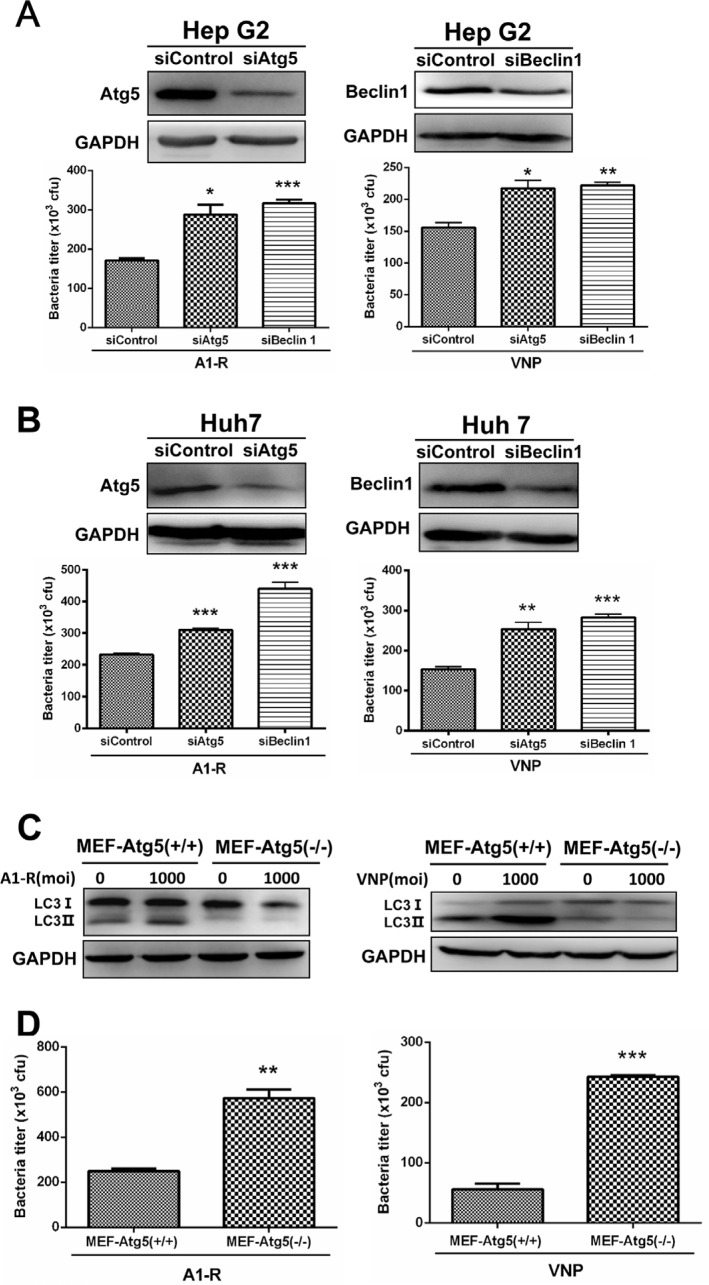Figure 2. Autophagy restricts the growth of tumor-targeting Salmonella in cancer cells.
(A–B) Autophagy restricts the replication of S. typhimurium (A1-R) or VNP20009 (VNP) in human liver-cancer cells. Hep G2 (A) and Huh 7 (B) cells (7 × 104) that had been transfected with siATG5 or siBcelin 1 for 48 hrs, were plated in 24-well culture plates at 70% confluence 16–24 h before bacterial infection. The cells were infected with tumor-targeting Salmonella A1-R or VNP at a MOI of 1000. After 8 hrs of infection, the cells were washed with PBS and lysed in buffer (PBS with 0.1% TritonX-100) and plated on agar. After incubation overnight at 37°C, CFUs were counted to estimate the intracellular titer of A1-R or VNP. At least three replicates were plated in this experiment. The knockdown of Atg5 and Beclin 1 was monitored by IB analysis. Liver-cancer cells Hep G2 and Huh 7 transfected with siControl, siATG5 or siBcelin 1 for 96 hrs were subjected to IB analysis for expression of the indicated proteins. (C) A1-R or VNP infection induced autophagy in Wild-Type (Atg5+/+) MEFs, but not in autophagy-deficient (Atg5−/−) MEFs. Cells were harvested 2 h after A1-R or VNP's infection and subjected to IB analysis to detect the conversion of LC3-I to lipidated LC3-II. (D) Wild-Type (Atg5+/+) MEF and KO (Atg5−/−) MEFs cells (7 × 104) were plated in 24-well culture plates 16–24 h before bacterial infection. The intracellular bacterial measurements then conducted as described above. The results are presented as mean value ± SE from three independent experiments with each running in triplicate. **p < 0.01, ***p < 0.001.

